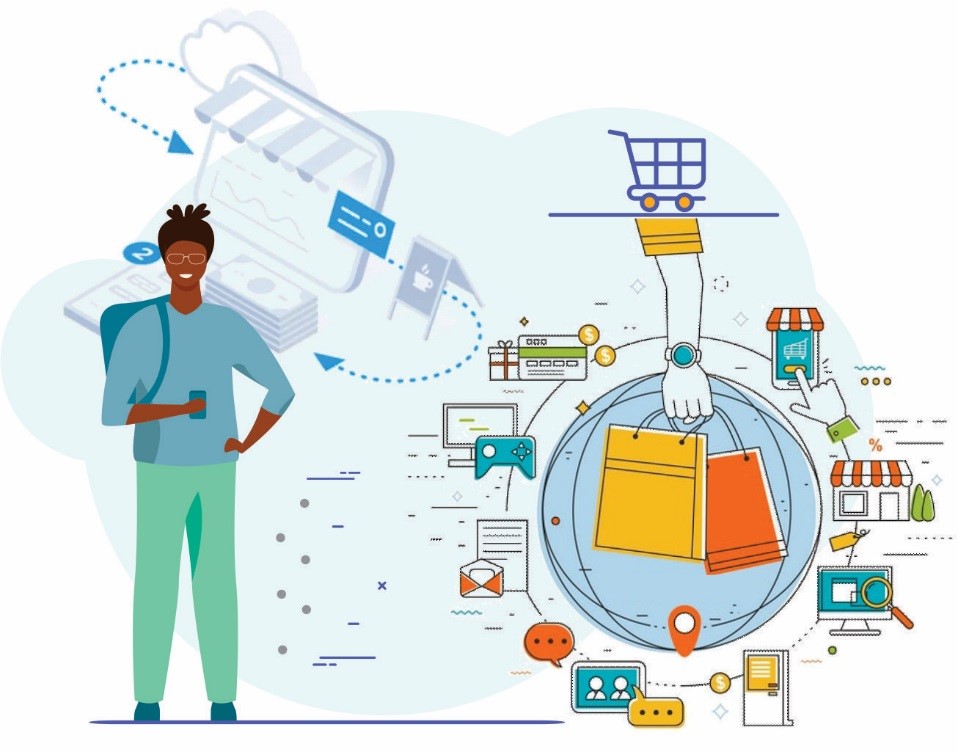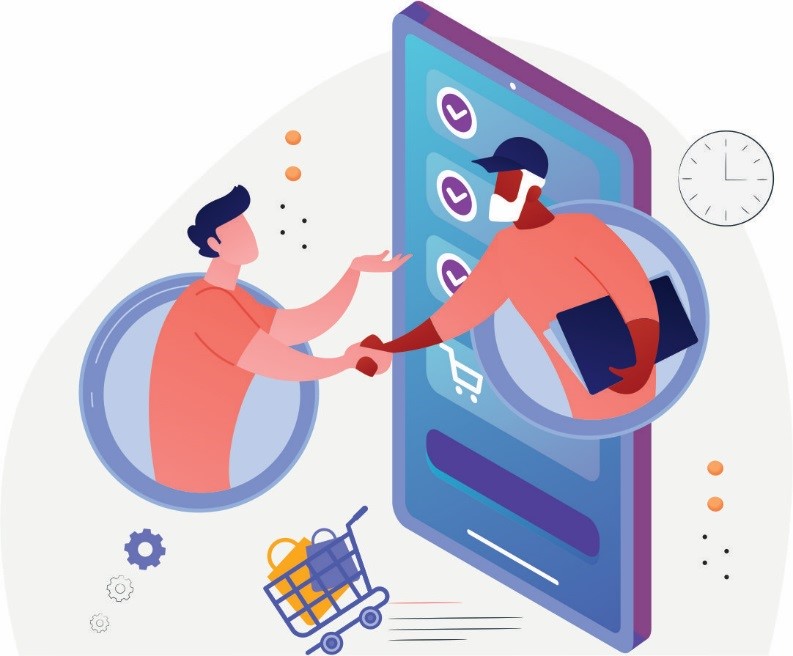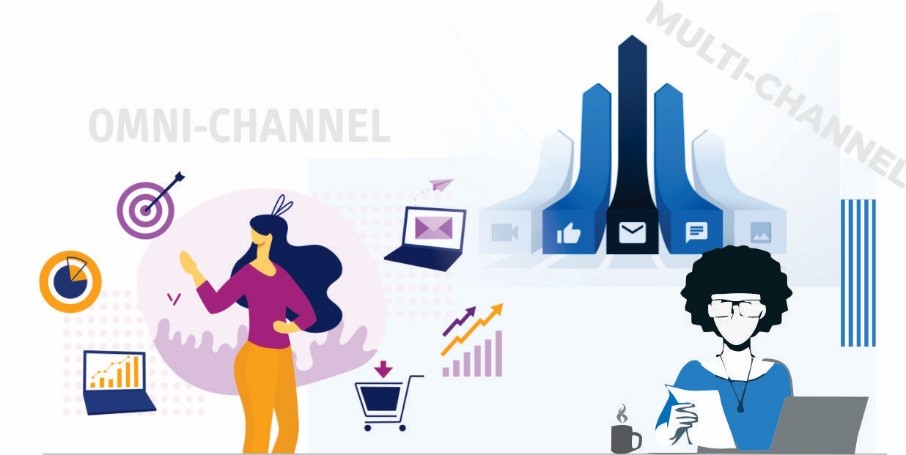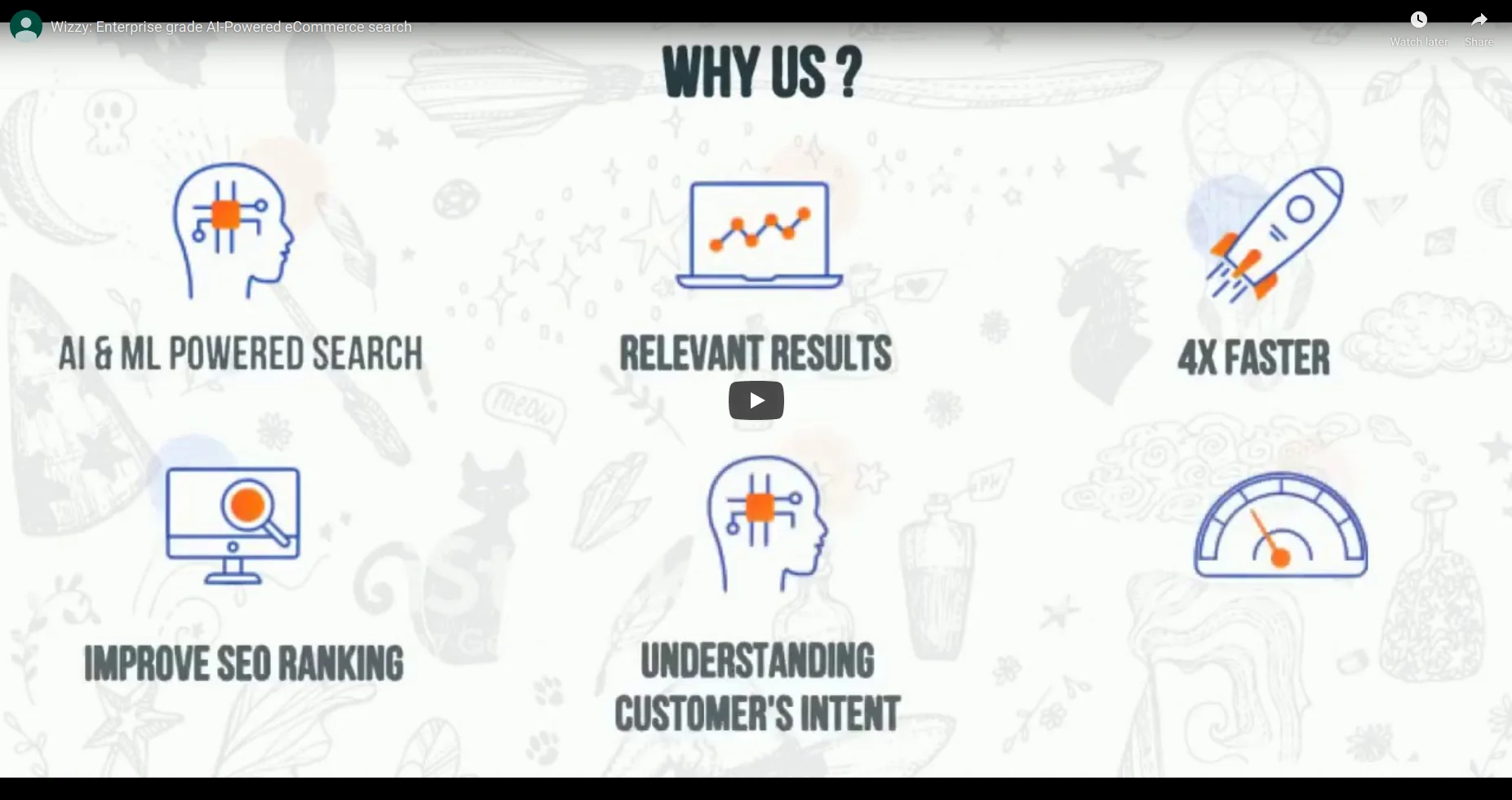In the world of e-commerce, digital marketplaces, social selling and physical stores, multichannel and omnichannel are the most popular buzzwords. Businesses today strive to reach more customers by setting up multiple online storefronts and marketing channels. However, the multichannel marketing often runs into problems like miscommunication, style inconsistency and confusing user experience between those channels.
It becomes imperative for businesses to overcome these problems. That is because miscommunication can affect their internal processes, style inconsistencies can affect their brand image and unsatisfied customers can affect their customer retention rate and revenue. Omnichannel marketing enables businesses to unify their style and information, and keep all channels in one place. But, does this solve problems faced in multichannel marketing?
Multi-channel and Omnichannel – What is It?
It is not uncommon to see the words multichannel and omnichannel being used interchangeably with little to tell them apart. Although both strategies may sound similar, but that would be a mistake to consider them the same. In order to truly understand what these terms mean, let us first understand what they are.
What is Multichannel Commerce?

Multichannel marketing strategy refers to marketing through ‘many’ channels in order to get the word out about your products and services to reach your prospects. These include both online and offline platforms, such as online storefronts, social media, mobile app, landing pages, email and print ads. Each channel operates independently, and each has its own goals and strategies to attract prospects. That means the goal and strategy for your website is different from that of Facebook. The email campaign may cater to one target audience, while print ads may target another group.
What is Omnichannel Commerce?

The Omnichannel commerce also involves interacting with customers through different channels. But, rather than creating a unique approach for each platform, omnichannel aims to deliver an integrated shopping experience across all the channels. That means omnichannel delivers seamless user experience, whether users shop through a desktop, mobile device or from a brick-and-mortar store. Based on a study conducted by Harvard Business Review, over 70% of people utilize multiple channels throughout their shopping journey. Being omnichannel means delivering the same personalized and cohesive customer experience, from browsing to post-sales and everything in between.
Multichannel vs. Omnichannel – The Key Differences
The biggest difference between multichannel and omnichannel retail is that the former focuses on the different sales channels offering, while the latter focuses on customer experiences. Here are other key differences between multichannel and omnichannel, which will further help you distinguish between the two.
#1 Channels vs. Customers

Multichannel approach aims to simply promote the brand’s products and message throughout all the available channels. Think of this as throwing the widest possible net in order to catch more fish, meaning maximum customer acquisition, and ultimately more sales. The more channels you utilize, the better customer engagement will be.
Omnichannel approach puts the customers at the core. With omnichannel approach, instead of focusing on the number of platforms to expand customer reach, it connects all the channels with an aim to offer consistent and unified experience at every customer touchpoint. The primary goal of omnichannel approach is to develop strong brand-customer relationship.
#2 User Engagement vs. User Experience
The multichannel strategy ensures an extended customer engagement across all the channels. But, while multichannel operates each channel separately, this results in the lack of integration and personalized customer experience, which often leaves customers unsatisfied. Simply put, multichannel approach aims to be everywhere the user possibly is, but it doesn’t ensure a personalized experience.
Since omnichannel focuses on offering seamless customer experience, it offers another major benefit – consistent experience. Businesses that follow omnichannel approach can ensure their customer receives the same personalized message and experience no matter what channel they choose to use. This consistent experience enhances user engagement and their relationship with your brand. Brands that are implementing the omnichannel approach must ensure that every internal department is aligned with each other in order to send a consistent message across all the platforms.
#3 Quantity vs. Quality of Support
The number of support channels available vs. the quality of support channels also plays a significant role. Multichannel approach is all about increasing the number of channels. The more support channels you offer, the better. However, it puts no effort to connect those channels. Meaning, users have to start the entire communication again when they switch to another channel, which ends up hindering the quality of support. The quality of support is possible only when all the channels are integrated.
On the other hand, omnichannel strategy aims to offer quality support through all business channels. A customer can choose any available support system and rest assured that the quality of support they get will be the same. An important point to note here is that omnichannel does not mean that every channel provides the same type of support. In fact, the customer support systems are deliberately varied to make sure the customers receive the type of support they need.
#4 Encouraging Customers vs. Personalization
The multichannel approach is aimed towards conveying the brand message and motivating customers to take the call to action. It doesn’t concern about getting to know the customer. Since it doesn’t collect customer data, offering the level of personalization is not possible with multichannel marketing.
On the other hand, the omnichannel strategy gathers and analyze customer information to understand their behavior and preferences with an ultimate aim to deliver personalized experiences. It not only conveys your brand message, but also put an additional effort to continuously understand your customers. Omnichannel learns about their customers from the data it collects, and work on to improve areas that require more efforts.
#5 Disconnection vs. Integration in Supply Chain

Multichannel supply chain often has different internal structures for a particular channel. For instance, an e-commerce store might have its own department for shipment, warehouse management and transportation. Whereas the same company running physical stores might have different departments. These departments are not connected, which may result in increased costs and frustration among customers. Different prices online vs. in-store and discount code application only online are some frustrations that may arise with multichannel approach.
Omnichannels also offer products and services across numerous channels. But, since all the channels are integrated, it can lead to improved customer experience. With this strategy, constant flow of products can be ensured across all the platforms. This not only makes convenient for users, but it also increases the likelihood of them completing the purchase.
What Approach is the Best?
Today, delivering personalized customer experience should be the top priority for any business that wishes to build strong relationships with customers and gain a competitive advantage. If this is your goal, then omnichannel approach is way better than simple multichannel approach, which only focuses on customer acquisition, and not the customer experience. However, this doesn’t mean that you shouldn’t increase the number of channels through which you can interact with your customers. A business should be present wherever their customers are.
An omnichannel strategy is still a multichannel strategy as it provides more than one channel to attract customers. The difference lies in considering these channels as one rather than treating each one separately. If you wish to switch from multichannel to omnichannel, take time to understand the new channel as you introduce, and make sure it is synced with your current channels.
Since customer experience has become a vital element to build a successful business, omnichannel is the clear winner here as it has proven to increase customer retention and boost sales. In fact, Emarsys has mentioned in its study that organizations that have implemented well-defined omnichannel strategy has experienced a 90% year-on-year increase in customer retention compared to organizations that don’t. It provides great customer insights, which is invaluable for any business. In a nutshell, both multichannel and omnichannel strategies aim to reach more prospects using multiple channels.



